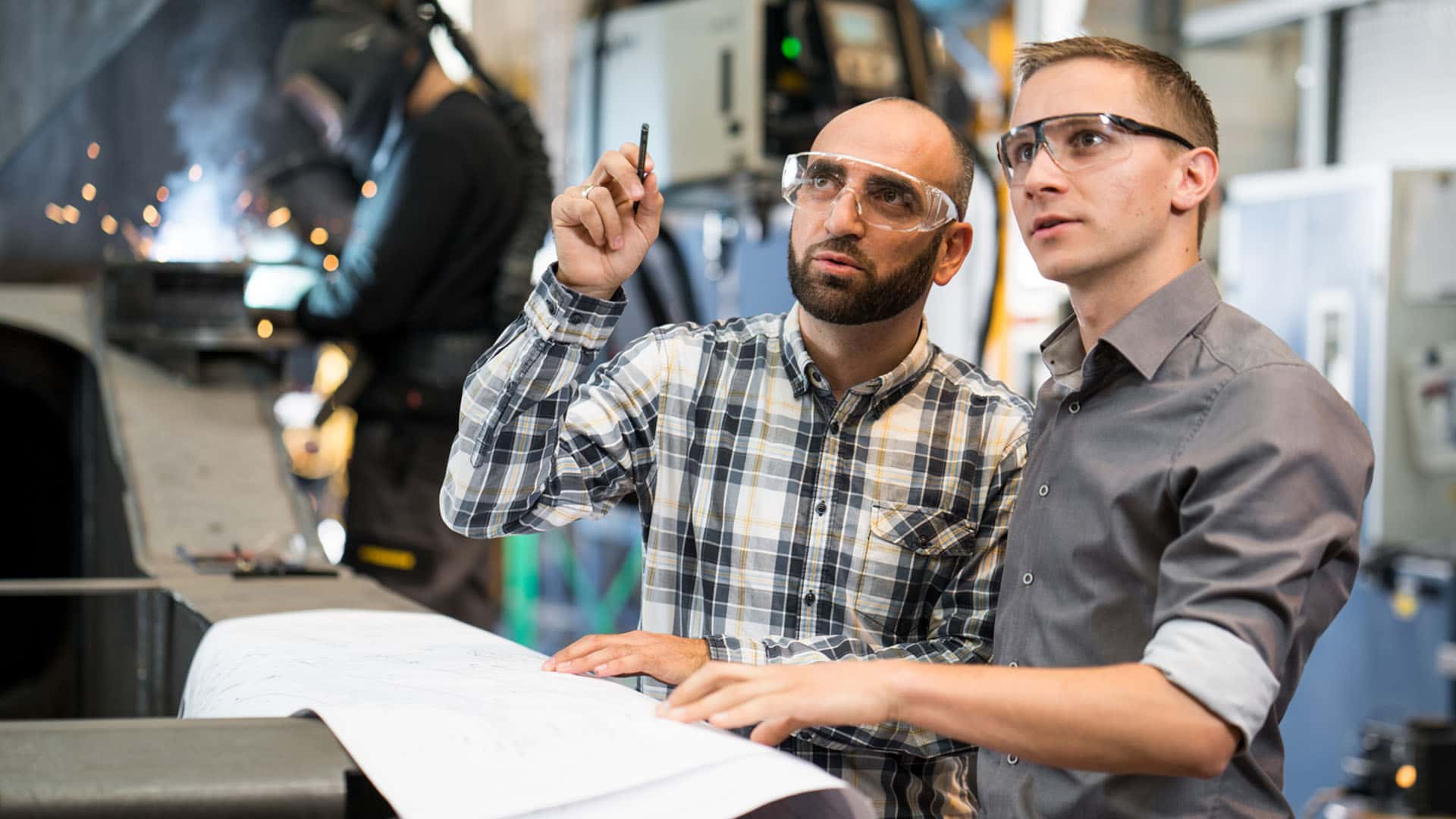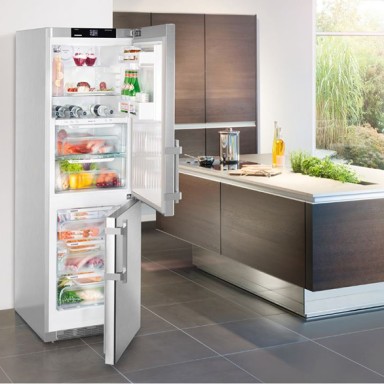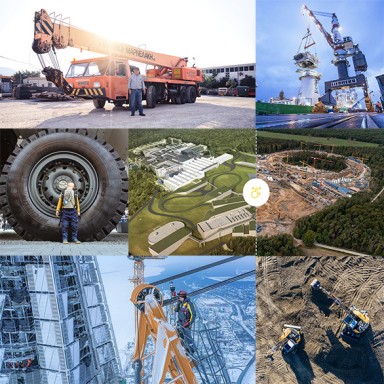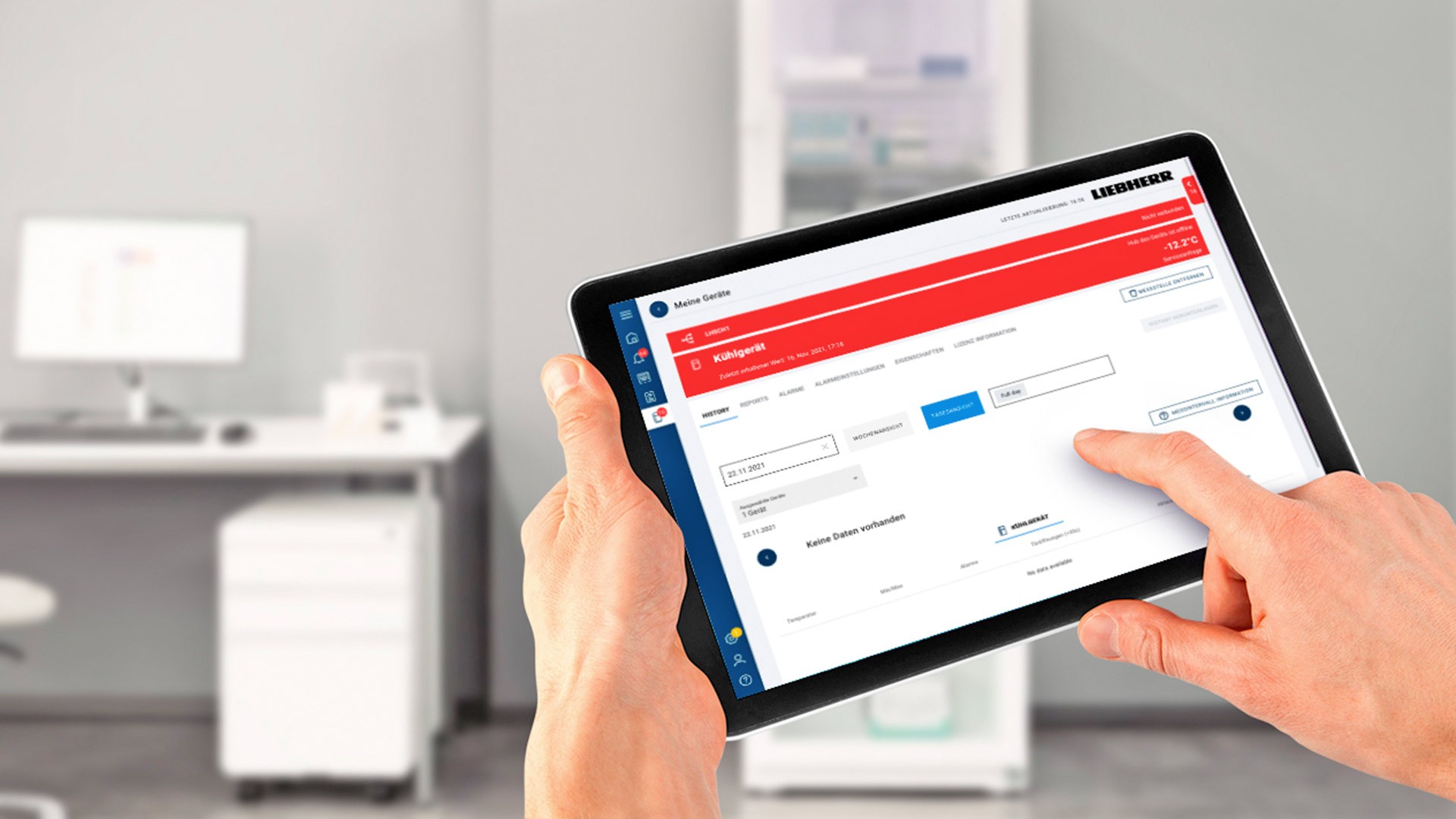
February 2023
With mental flexibility to SmartMonitoring
The storage of refrigerated medicines, vaccines and samples requires a lot of time and attention. To ensure that professional medicine refrigerators cool reliably, a team of Liebherr software experts has developed SmartMonitoring. Sascha Herrmann, Team Leader for Browser UIs at the Appliance Division of Liebherr-Hausgeräte Ochsenhausen GmbH, accompanied the project together with his team from the very beginning.
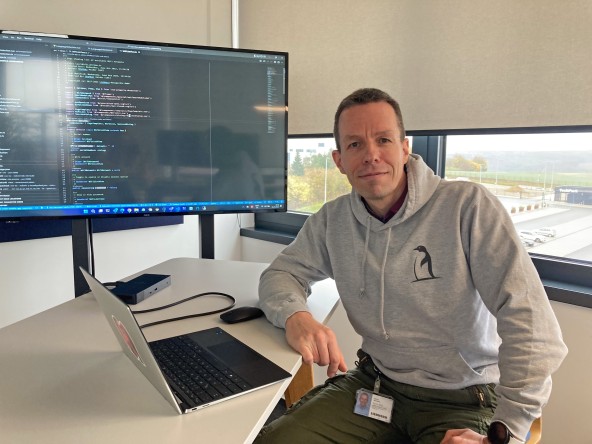
Sascha Herrmann, Team Leader for Browser UIs at the Appliance Division of Liebherr-Hausgeräte Ochsenhausen GmbH
Mr Herrmann, what is SmartMonitoring for medical refrigerators and what is it used for?
Sascha Herrmann: SmartMonitoring is Liebherr's cloud solution for monitoring the temperature of refrigerators in laboratories, hospitals or doctors' surgeries. With a conventional refrigerator in a kitchen, it is not that bad if you leave the door open for too long or if the temperature inside the appliance changes while you are putting away the groceries. In the medical field, things are quite different. Here we are talking about the professional and safe storage of medicines, vaccines and samples that require reliable refrigeration. Even the slightest deviations in temperature can have consequences for the treatment of patients or research in laboratories. SmartMonitoring therefore sounds the alarm if something is wrong and immediately notifies the user.
In which cases does SmartMonitoring trigger an alarm?
Sascha Herrmann: This happens when the temperature deviates from the temperature range set by the user. Depending on the contents of the refrigerator, this range can be adjusted so that an alarm is sent to the customer if there is a deviation of, for example, plus-minus 0.5 degrees. SmartMonitoring also warns if a refrigerator door is not closed properly or if the power fails in the doctor's office.
What happens in this monitoring system in the event of a power failure?
Sascha Herrmann: Behind SmartMonitoring lies a comprehensive cloud infrastructure that is managed by three Liebherr teams. Besides my team, there is also a pure cloud team and an infrastructure team. The refrigerators are connected to this cloud via our SmartCoolingHub and send monitoring data that is continuously evaluated. If the power should ever fail in a medical practice, the system registers that the SmartCoolingHub is no longer accessible and immediately sends a message to the cloud. This triggers an alarm that is sent directly to the user via email, SMS or voice message. This gives our customers a high level of security and monitoring and they can react quickly at any time.
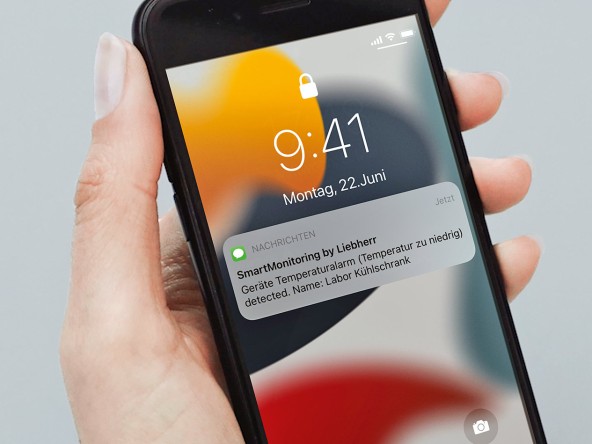
What steps does such software have to go through from the idea to marketability?
Sascha Herrmann: There are a lot of steps and iterations to go through. First of all, you have to create a kind of rough structure and have a clear objective, and make decisions about technologies: for example, do we implement microservices within the server framework Kubernetes or in existing client-server technology? So you have to set up the basic framework and from there you can go into more and more detail. Then you have to look at the user interface (UI) and determine how the UI should access these microservices. In other words, you have to design a website and decide what happens when the user clicks on something. And for that, an operating strategy is still needed. And in between there are always those moments when you realise that something is not working as planned. That means rethinking developments that have already begun. It is important to have a good error culture.
What does the use of microservices mean for SmartMonitoring?
Sascha Herrmann: The way we have developed the SmartMonitoring software is quite cutting-edge. We have developed a comprehensive microservice architecture. This means that we use a modular design consisting of many small services, each of which has a specific task. In the past, software was usually developed as huge services in the backend, i.e., as a large complete package. People bought the software and then used it for five or more years without much updating. Today, that is no longer the case. We are in a completely different world. There are external attacks on the security of software and infrastructures worldwide, customers have requests that need to be implemented promptly, and new technologies always bring about new opportunities. To be able to reflect this reality, we have to constantly work on our software, renew it and improve it. That is essential for us. Because when we sell Liebherr software, it has to be tested, reliable and, above all, safe.
Our job as software developers is to make the complexity of our system invisible to the user.
So, the software operates in an agile system?
Sascha Herrmann: Yes, in an extremely agile system. The microservice architecture makes it relatively easy to say, here's a problem, so we change or update the corresponding microservice. The rest of the cloud architecture is not touched and remains intact. For SmartMonitoring, this is an excellent approach. It means that we can flexibly adapt or replace individual microservices without having to renew the software itself from scratch. This way we can do a new release every four weeks.
Are customer wishes also implemented in this way?
Sascha Herrmann: The close contact with our customers is very important to us. If a customer has a good idea, we build it into the software as quickly as possible, and the customer soon sees the implementation in their software. We also interview our clients to understand what their needs are. Moreover, we sit only two metres away from our colleagues from e-business, who are the interface to our customers. This level of close cooperation is fantastic.
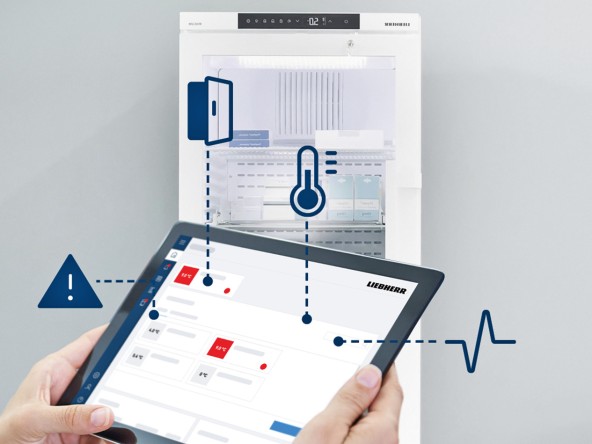
SmartMonitoring is a highly complex system. Does the user notice any of that?
Sascha Herrmann: Our job as software developers is to make the complexity of our system invisible to the user. No one wants to have to spend two weeks reading an instruction manual before using an app. As users, we expect software that is intuitive to use. We know this today from every app we download. A system must be so self-explanatory that we simply click and automatically know what happens with the click. In the case of SmartMonitoring, the user interface is the only thing users see and operate. We absorb complexity with a well thought-out, intuitive and well-designed user interface.
Does this complexity also change the demands placed on a software developer?
Sascha Herrmann: Today, a developer is required to be mentally flexible and able to use many different technologies. The days of developing stodgy technology over years are long gone. And that is what makes our work so creative and exciting. For example, we like to use Vue.js, which is our preferred Javascript web framework. But if something works better in another technology, we are always ready to develop in a different framework. By the way, that’s what we also expect from applicants who want to become part of our team.
What is the future of software development at Liebherr?
Sascha Herrmann: SmartMonitoring was the beginning for us. In the future, we want to develop many more Liebherr software projects in-house, for the entire Liebherr Group. Here at the Liebherr Digital Development Centre in Ulm, colleagues from the Software Development, Engineering and Data Science departments work together on digital projects from the entire Liebherr product world. It's a really creative environment. My team plays a significant role in this because our products are often the user's only "tactile" point of contact with the solution developed for them. We all develop with heart and soul and are already waiting enthusiastically for our next software projects.
Network-capable medical or laboratory appliance
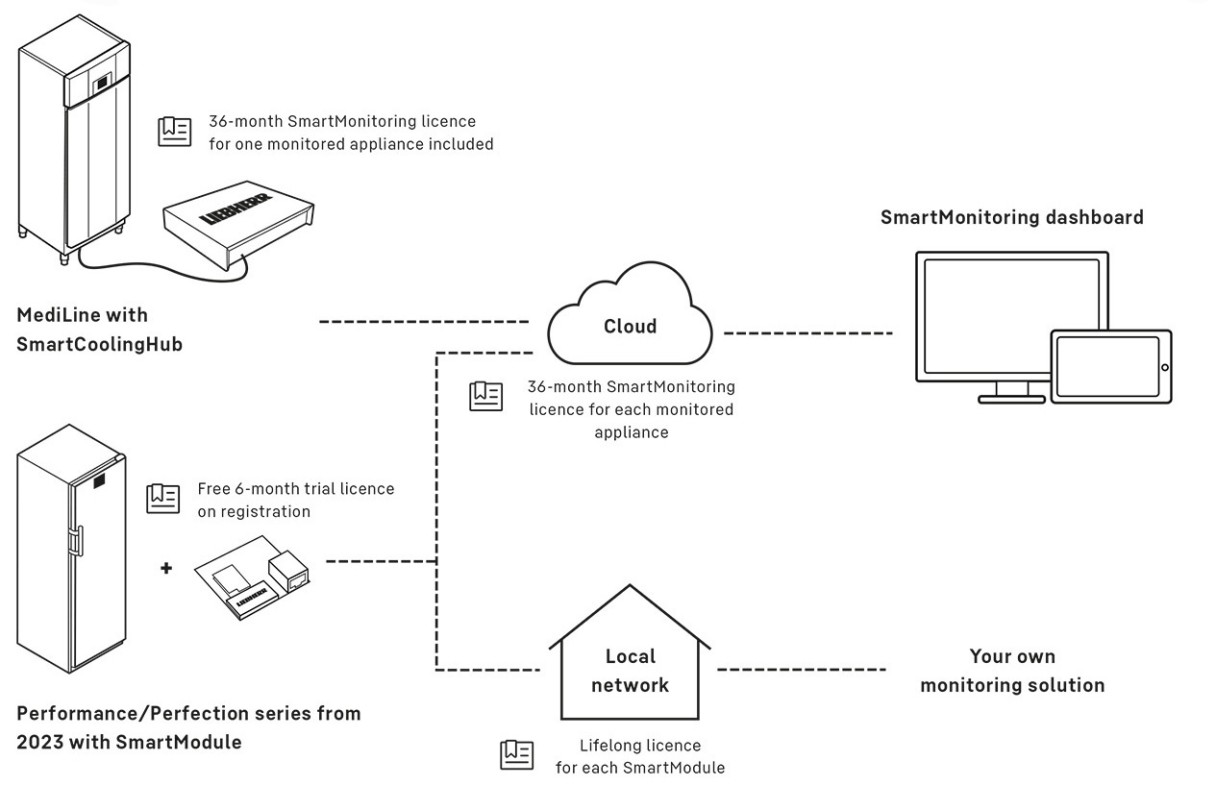
Via the SmartCooling Hub, refrigerators are connected to the cloud and send monitoring data that is continuously evaluated. This data can be accessed in the SmartMonitoring Dashboard.


